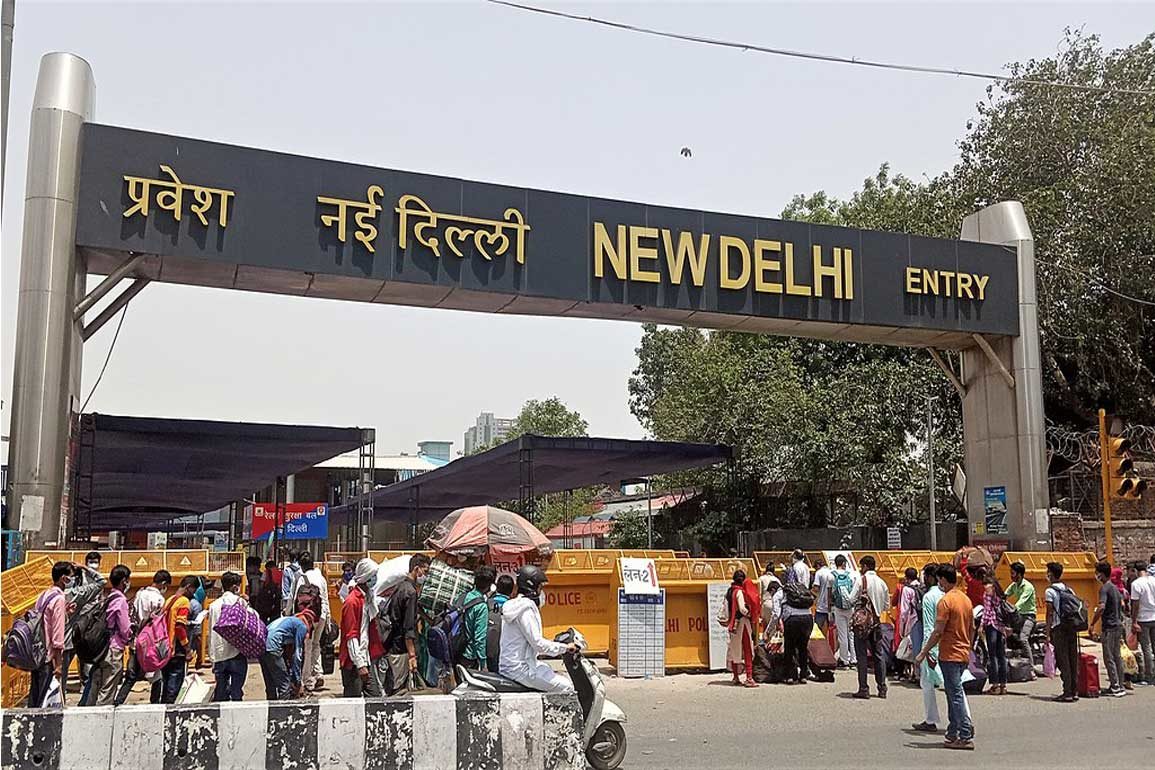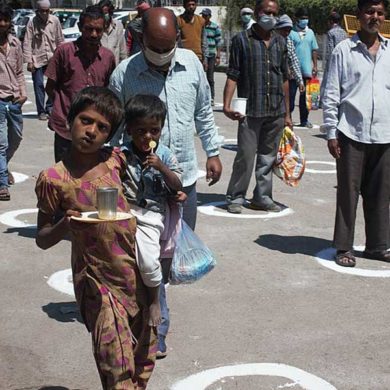Every life lost by the migrant labour in the wake of the lockdown must be considered martyrdom in the country’s defence against coronavirus. Their numbers must, therefore, be added to the figures strenuously doctored by the government machinery so as to make the total number of casualties due to the pandemic look less appalling.
Millions of migrant workers have paid a heavy price, some with their lives and the others with their livelihood so that the rest of us have a better chance of surviving the deadly virus by keeping social distancing and taking other precautions. The millions trudging across hundreds and thousands of kilometres in patently sub-human conditions will be chronicled by posterity as one of the worst human tragedies brought about by an insensitive administration.
Prime Minister Modi’s scheme of things for fighting the infection did not include these unfortunate people, who despite contributing wholesomely to keep the wheels of the economy moving never had a recognizable face. The core elements of his Covid-19 defence, namely social distancing and sanitisation, had no practical relevance to the situation of these people, living in crammed spaces that at the best of times would be an ideal breeding ground for diseases.
In fact, the abrupt announcement of the national lockdown came to the migrant workers like a ‘statue game’ played by young children. He asked them to stay wherever they were, which they faithfully did, but did not tell them when to ‘unfreeze’ or what to do next. In the end, each one was left to fend for himself or herself, with an insensitive administration showing no inclination to make any meaningful change.
There have been occasional stories of heroic survival, like the 15-year old girl who cycled 1,200 km with her ailing father in tow, but most of the stories were of animal existence for hundreds of thousands of people who were hanging on to moving trucks or walking on dangerous rail tracks, risking their lives at every moment of the journey. The ignominies suffered by the passengers of ‘Shramik’ trains, drinking toilet water to keep themselves alive after going foodless for long hours, are a shame on any progressive nation.
Nobody in the government seemed to have the inkling of the tragedy waiting to be unfolded when Modi announced the lockdown. And when it finally unfolded, the government had no solution to offer. The so-called stimulus packages did not even touch the lives of a majority of these people.
The lockdown is now being sought to be justified on the ground that but for it, the country would have reported several more lakhs of cases – a hypothetical proposition— than what has actually been achieved. And if the lockdown has failed, which it will in all probability, it will again be due to the migrant labourers. Just as the government failed to estimate the impact of the lockdown on the migrant workers, it has also made a gross miscalculation of how the returning workers will impact its Covid-defence strategy.
The risk of transferring the virus spread from the urban centres to the rural has already become intimidating as a large percentage of the returning workers are coming from heavily infected states and districts. Already the numbers are swelling and the spread of the pandemic in rural India is threatening to spiral out of control. With the health infrastructure in rural India being what it is, one can very well imagine the gravity of the challenge.
According to Indian Railways, 2,600 ‘Shramik’ special trains for migrant labour have been run since May 1, carrying some 35 lakh workers. An equal number is expected to be run in the next ten days, bringing another 35 lakh displaced workers home. In addition, 40 lakh workers are supposed to have made it to their villages through inter-state buses, taking the total to over one crore people. The World Bank has estimated that the lockdown has claimed the livelihood of 40 million (4 crore) people, which also corresponds to the figures cited in the last Census. What this means is that only a fraction of the total number has so far returned, although the health infrastructure in the rural areas are already under severe strain.
It is estimated that at least 30 per cent of those returning from heavily infected states like Maharashtra and Gujarat are carrying the coronavirus with them, risking the threat of community spread in rural India, which is much more difficult to contain compared to the urban centres.







